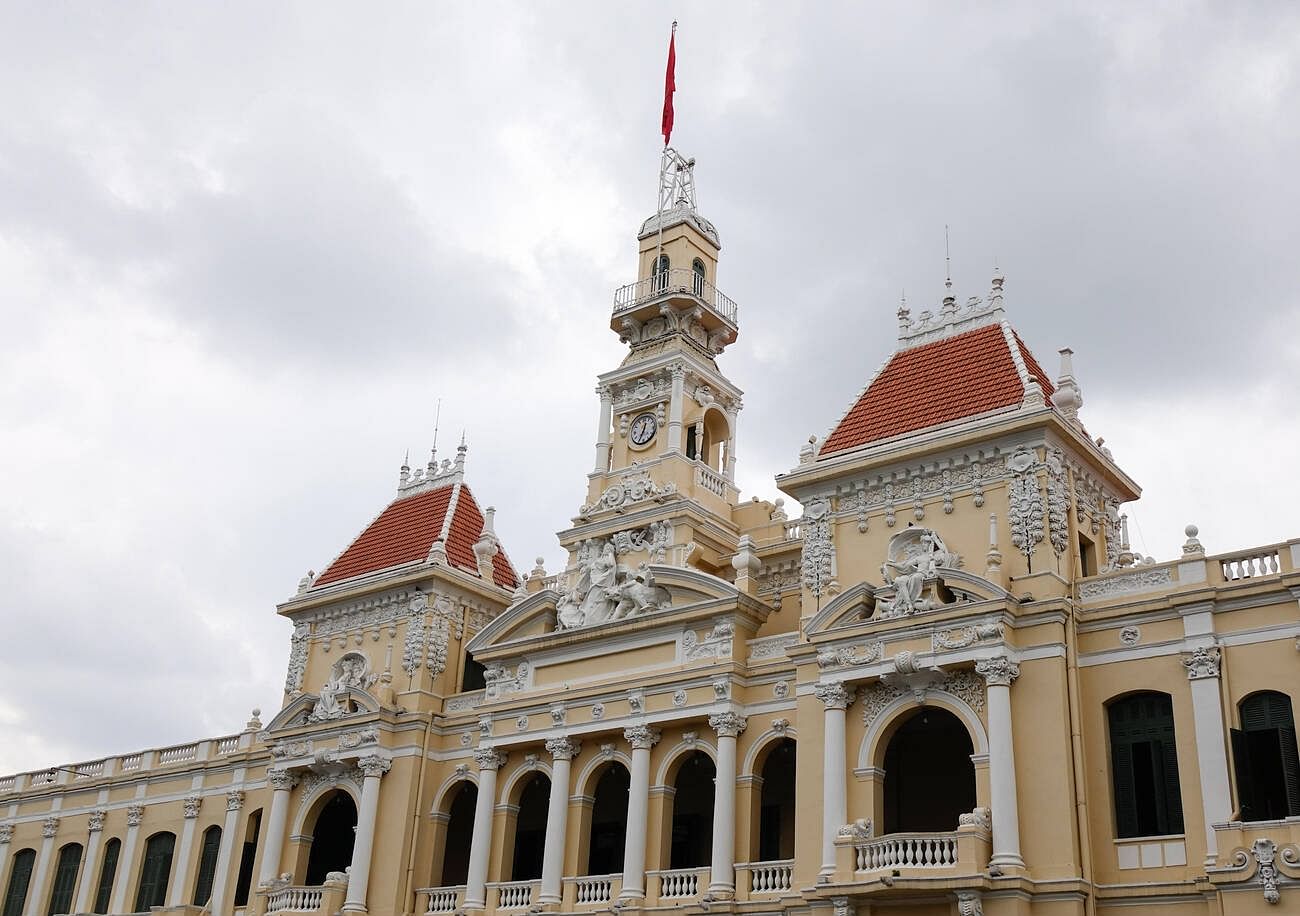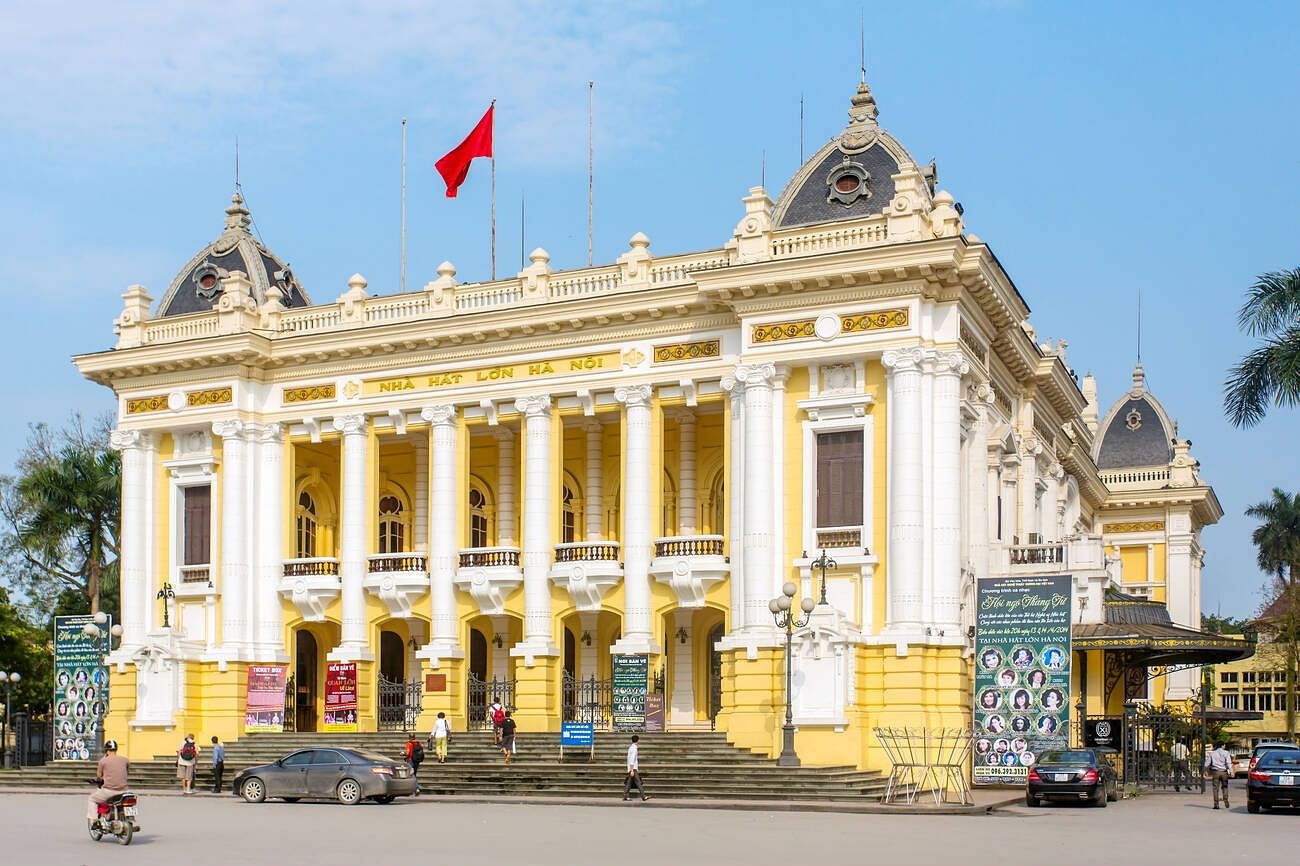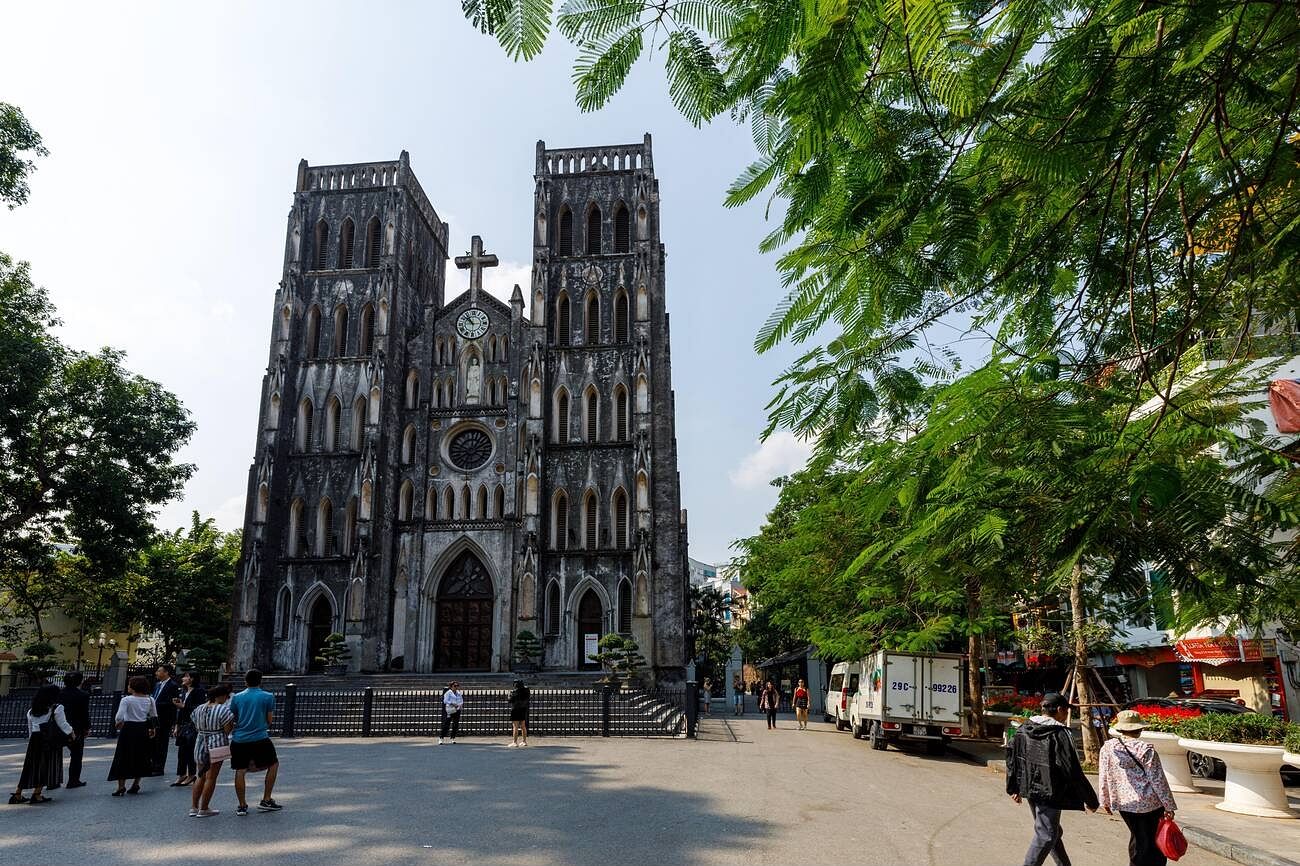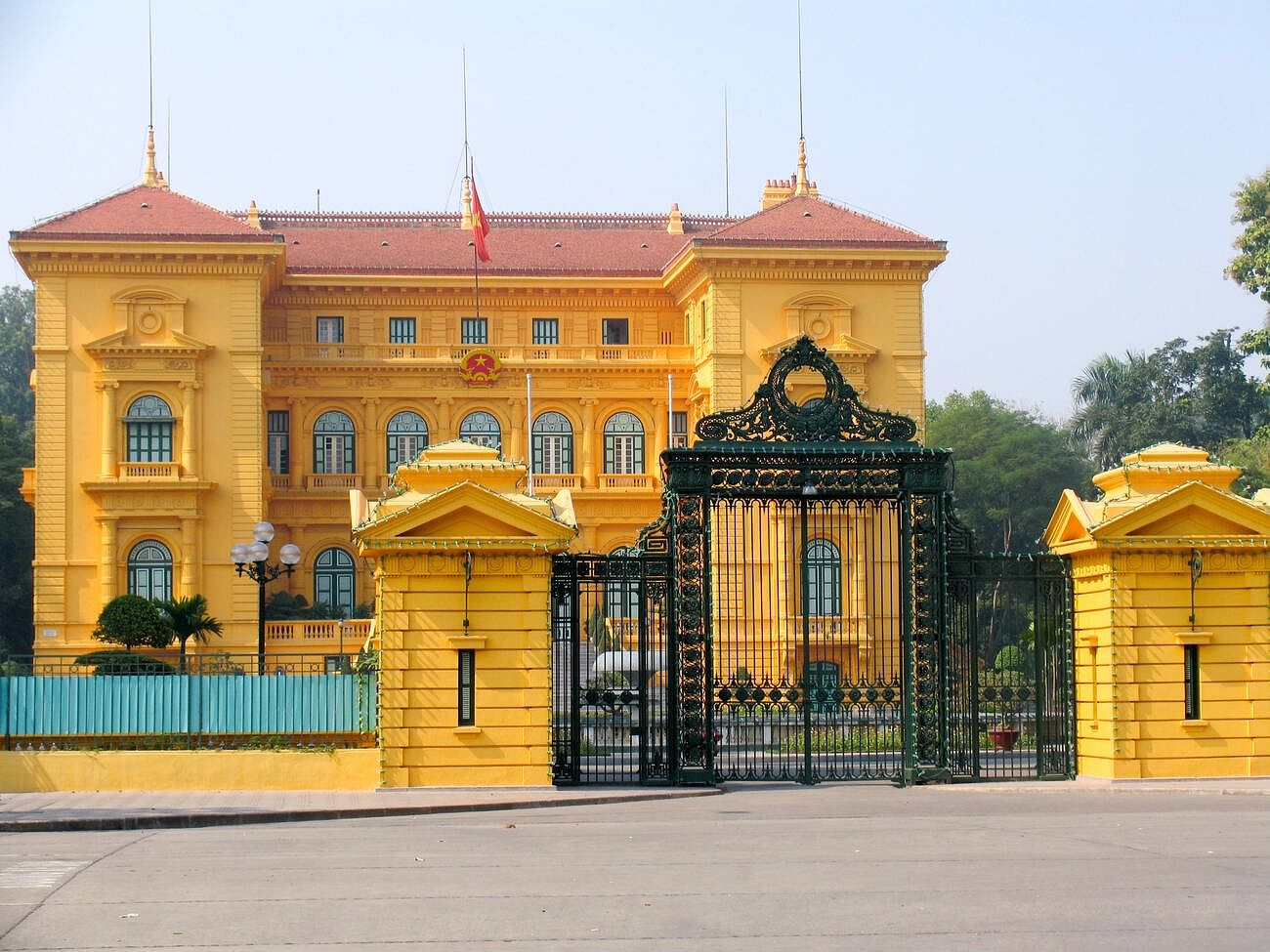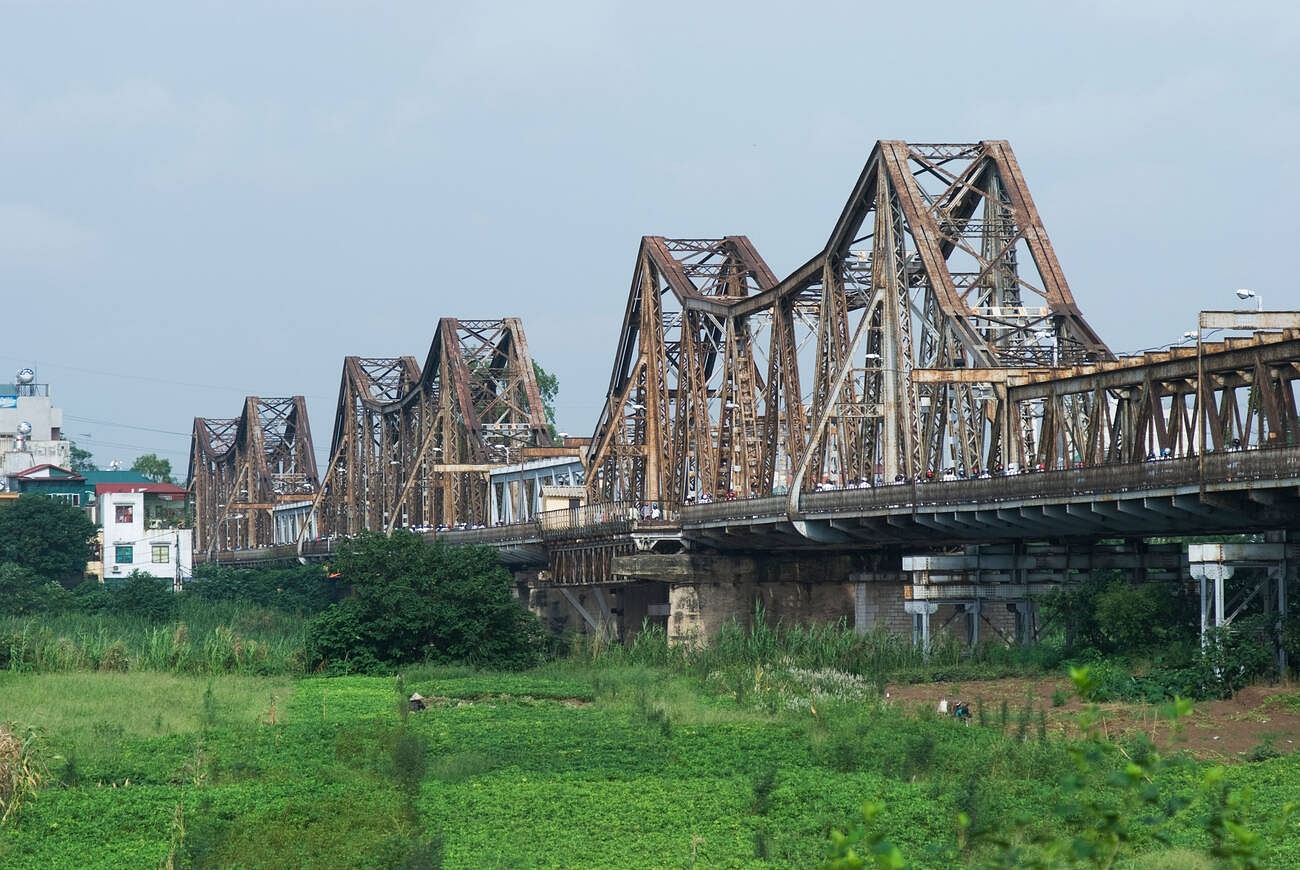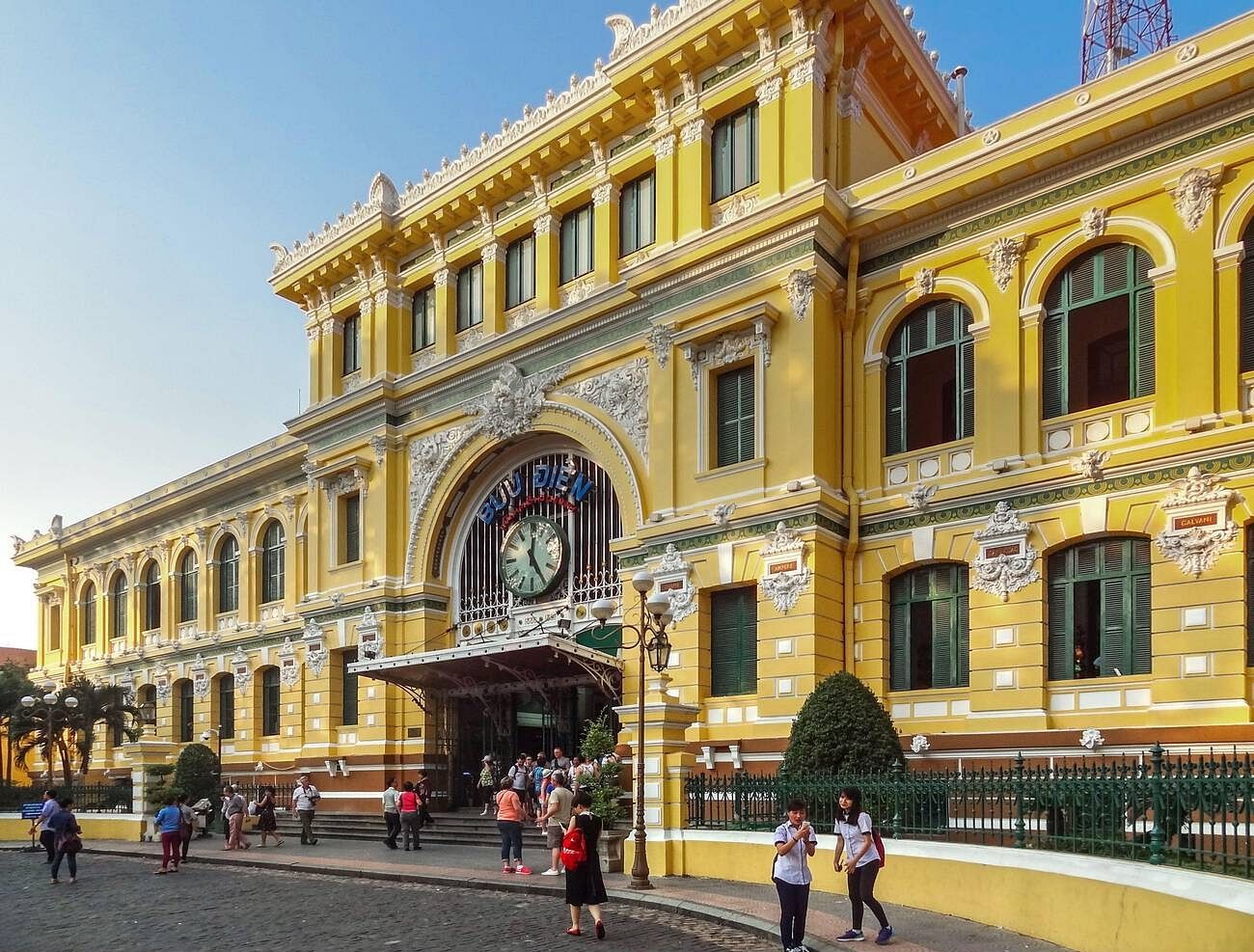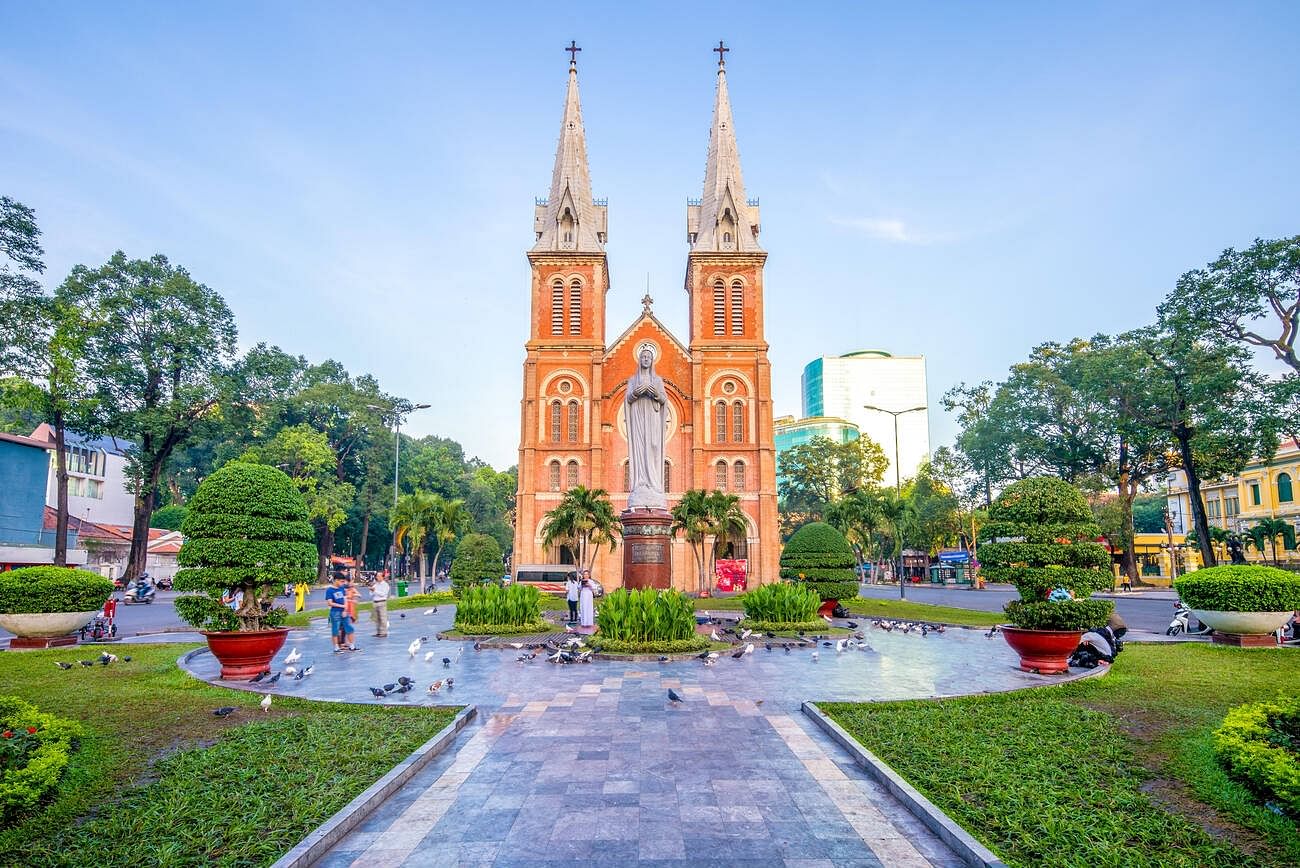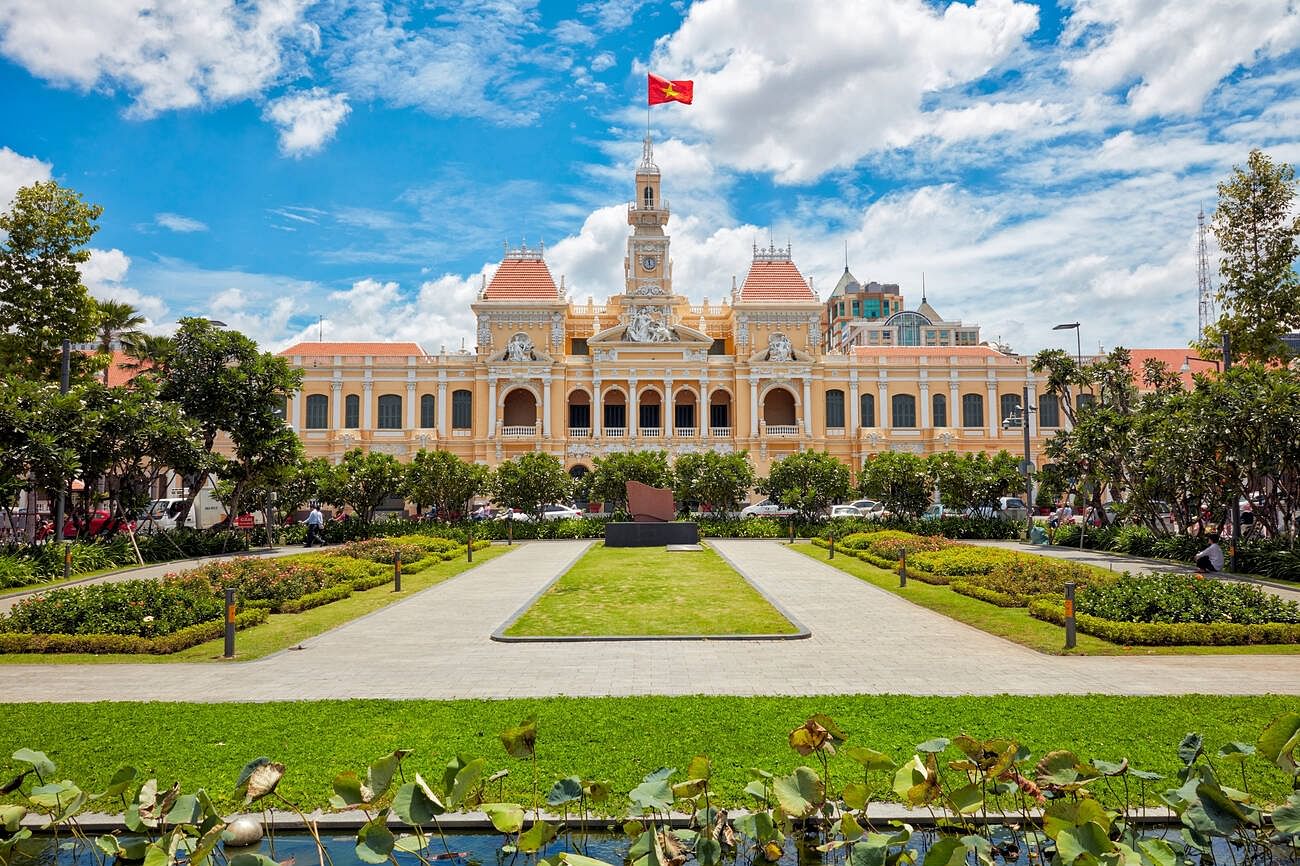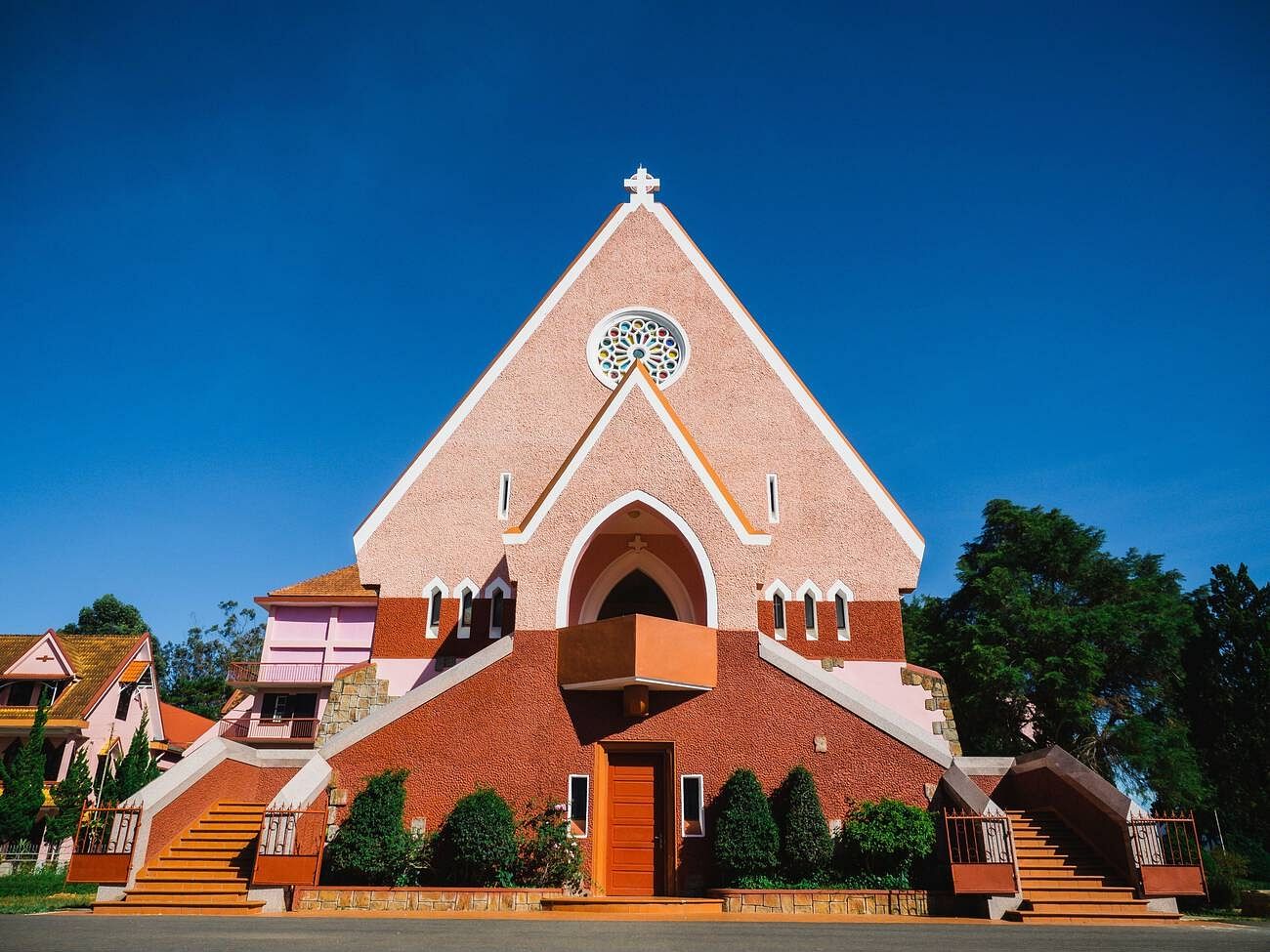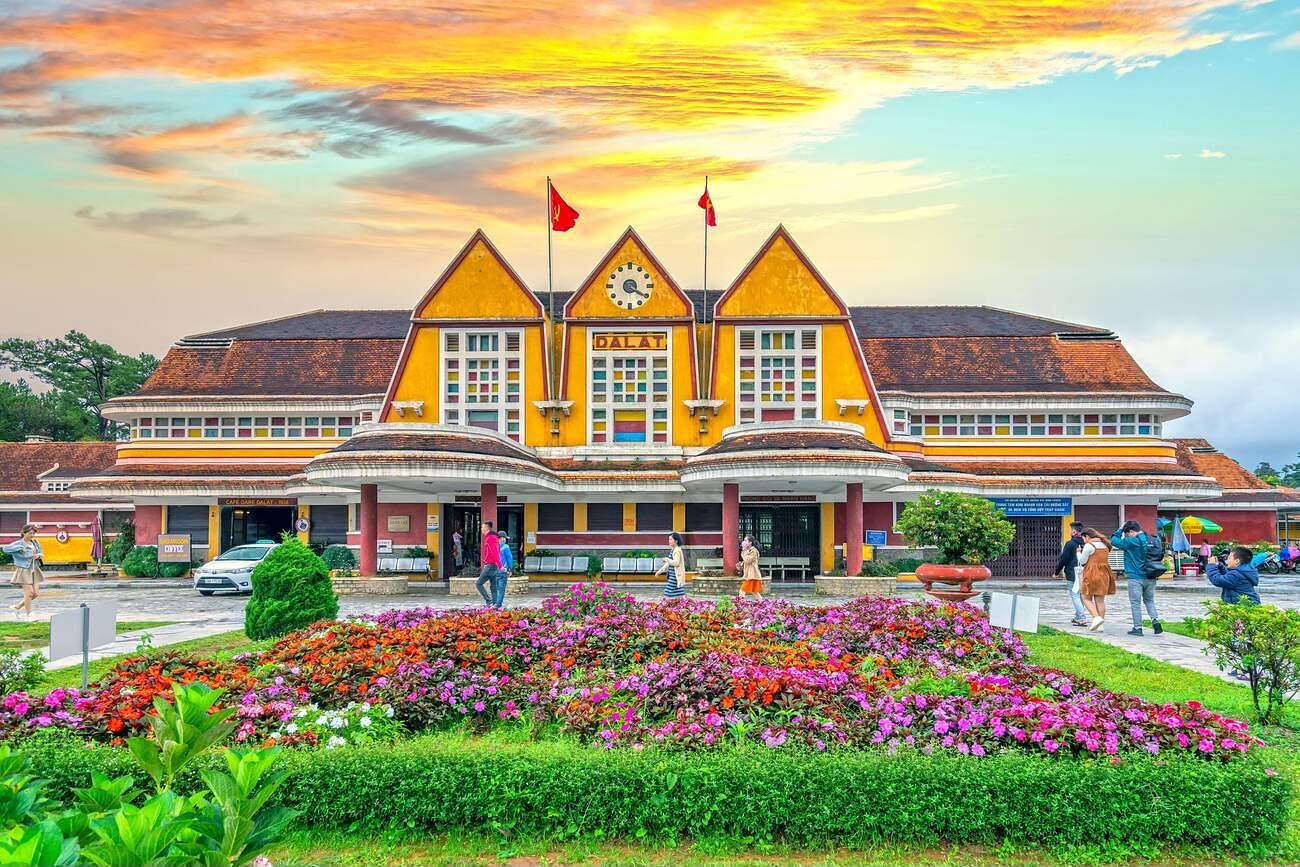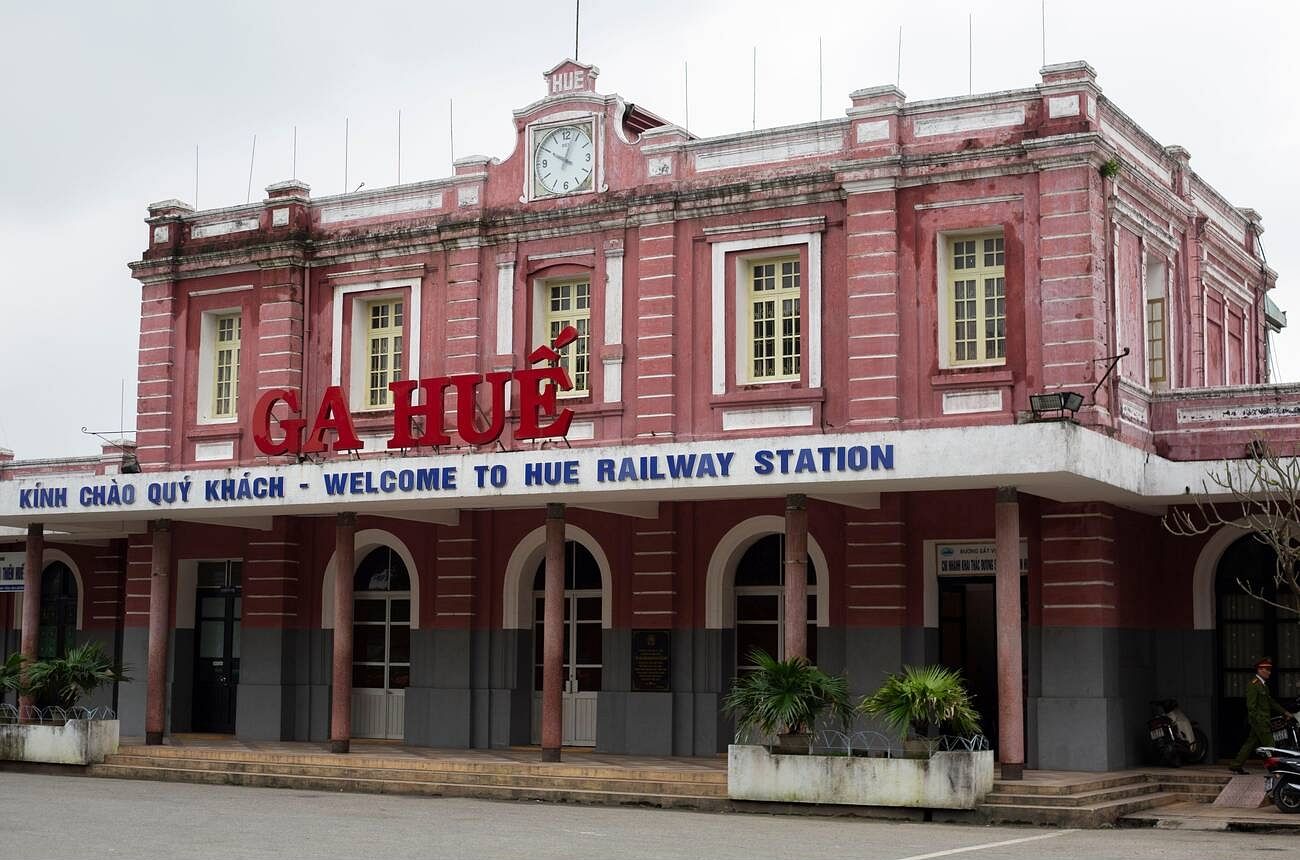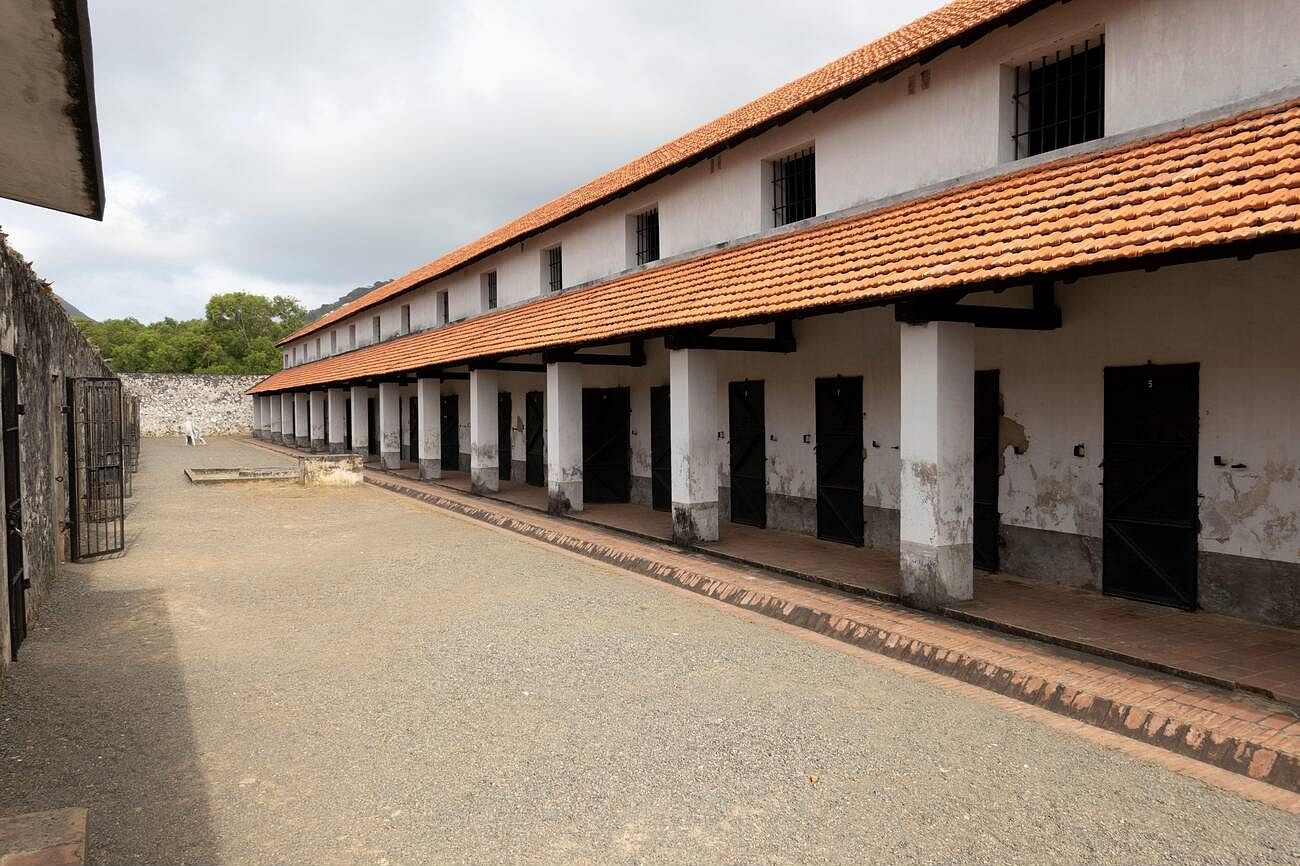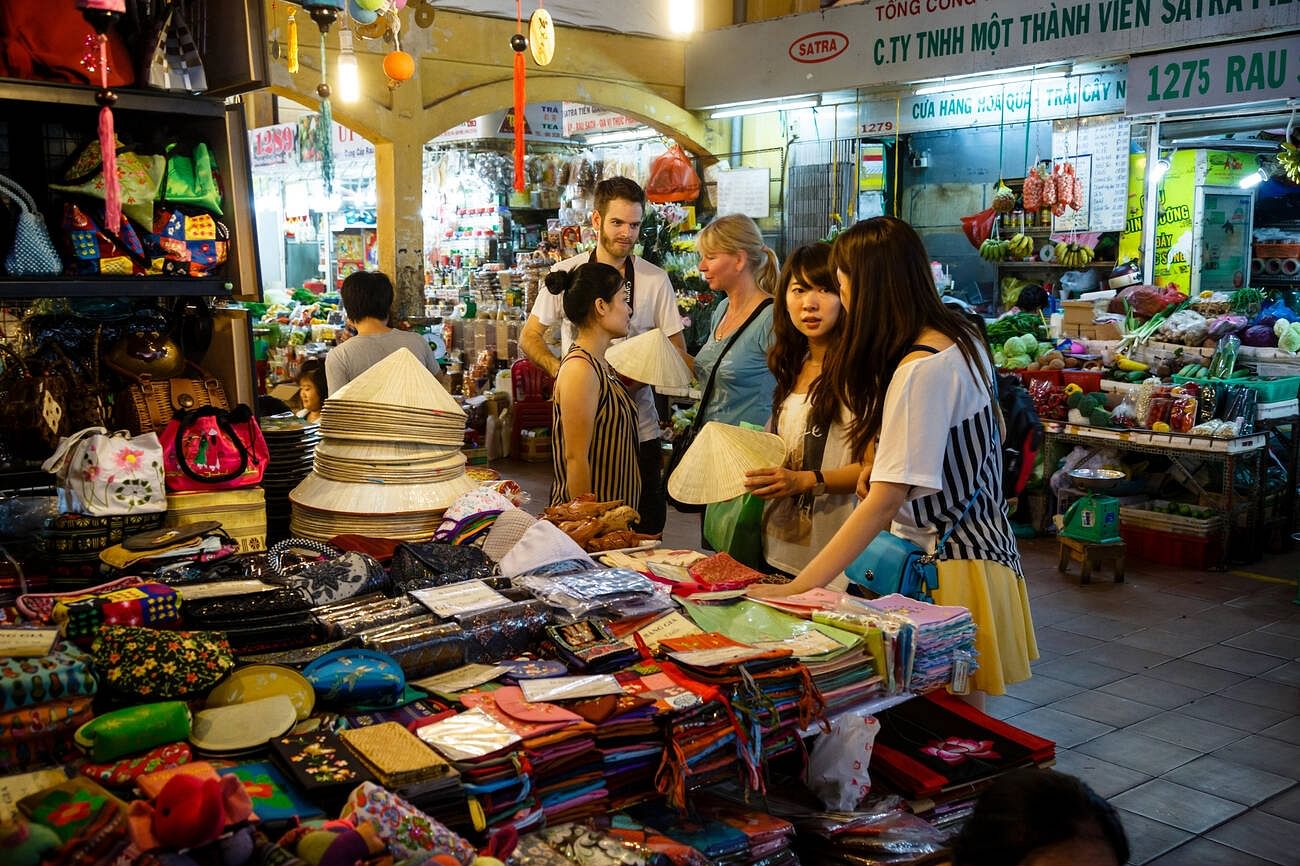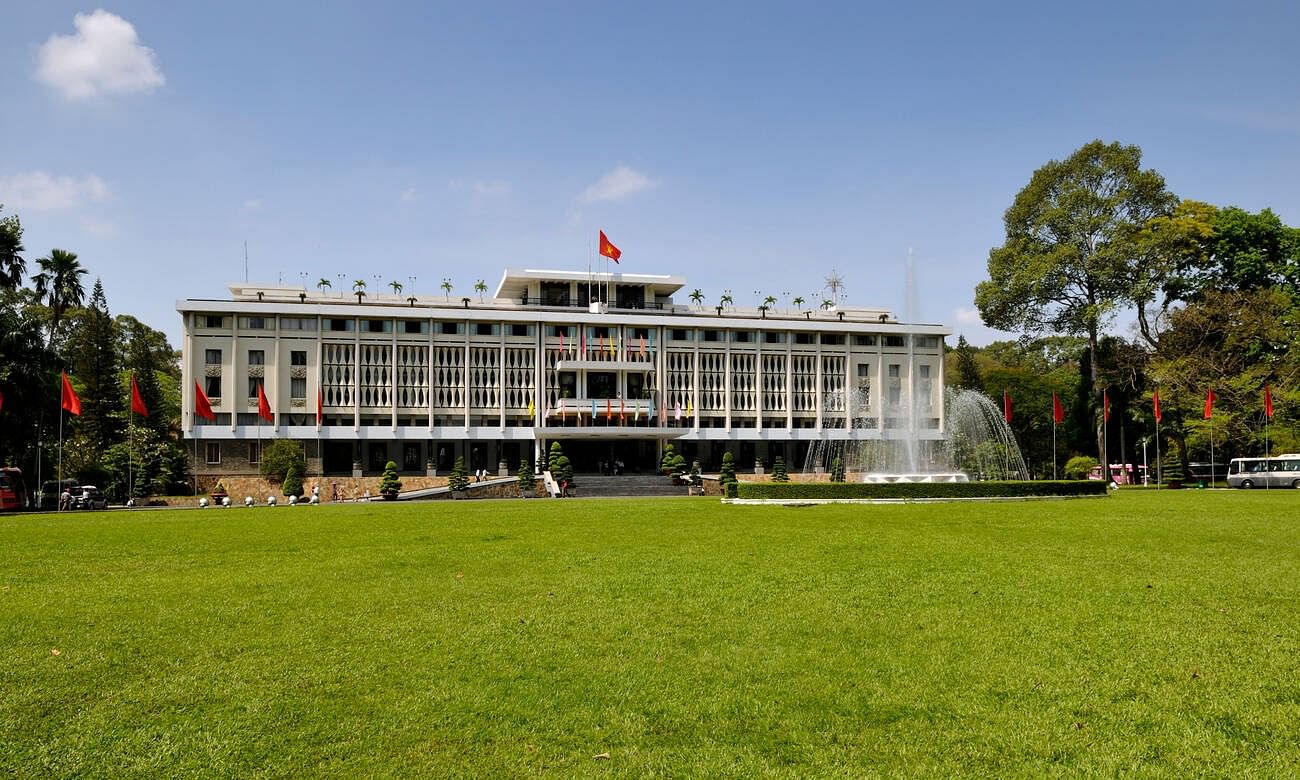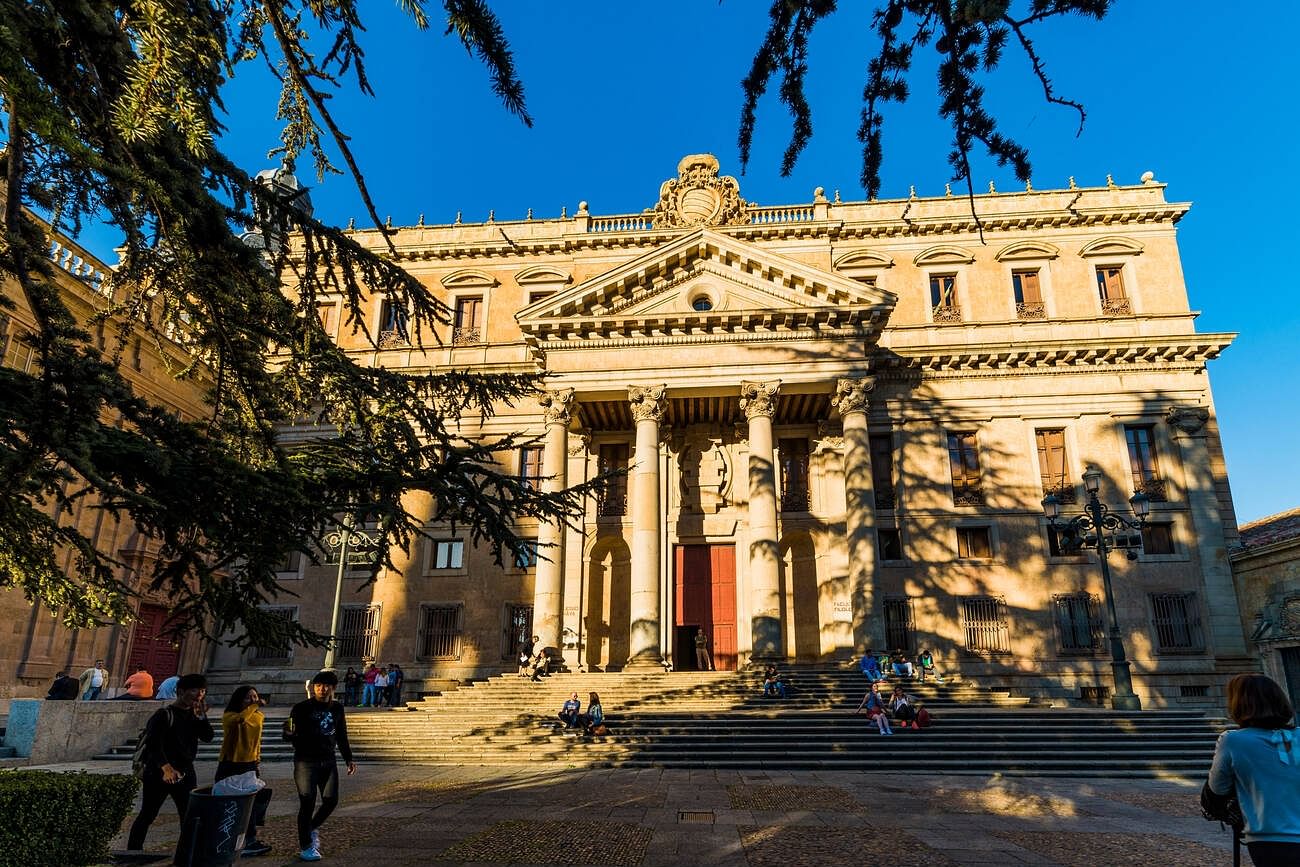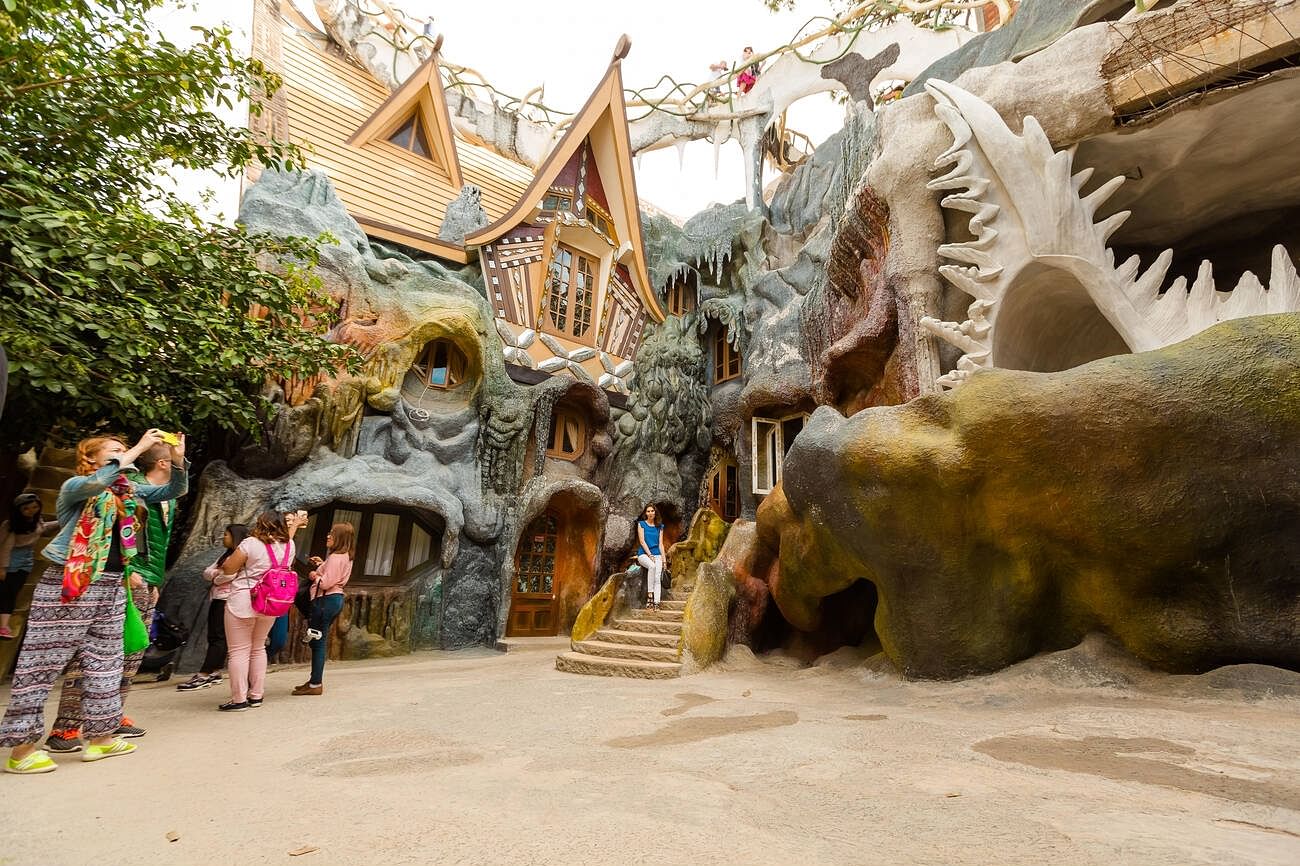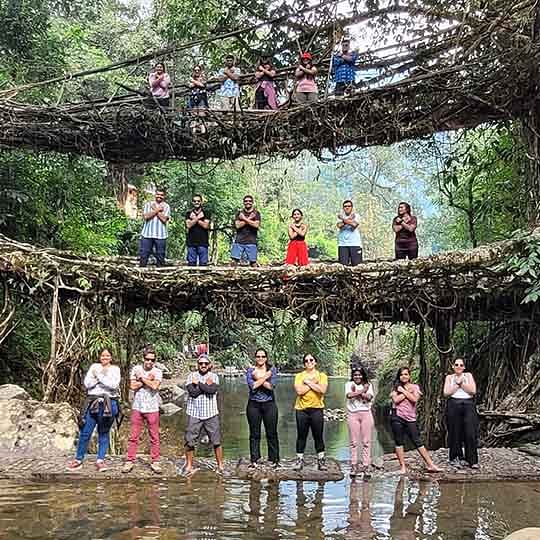French Colonial Architecture in Vietnam is one of the most enduring reminders of the country’s past under French rule, blending European elegance with local traditions. You must check out the best places to visit in Vietnam. During their colonization from the mid-19th to the mid-20th century, the French introduced their architectural styles in cities like Hanoi, Ho Chi Minh City, and Da Lat. The resulting buildings, which range from grand cathedrals and elegant government halls to functional post offices and railway stations, reflect a unique French-Vietnamese fusion design. These structures were not only symbols of colonial power but have since become significant parts of Vietnam’s architectural landscape.
The following list highlights 15 of the best examples of French Colonial Architecture in Vietnam, showcasing how French design adapted to the local culture and climate. Known as one of the best things to do in Vietnam, From the grandeur of the Hanoi Opera House and Notre-Dame Cathedral Basilica of Saigon to the unique charm of Domaine de Marie Church in Da Lat, these buildings stand as a testament to the lasting French cultural heritage in Vietnam. They continue to attract visitors with their beauty and historical significance, illustrating the deep French influence in Vietnam’s cities and architecture so make sure to explore our Vietnam Tour Packages!
The Hanoi Opera House, located in the Hanoi French Quarter, is one of the most recognizable examples of French Colonial Architecture in Vietnam. Built between 1901 and 1911, it was modeled after the Palais Garnier in Paris, France. The Opera House’s grand columns, elegant arches, and beautiful facade are testaments to the neoclassical and baroque architectural styles that the French favored. Today, the building remains a center for cultural performances, including ballets, operas, and symphonies, representing the lasting French cultural heritage in Vietnam. Its elegant design makes it a vital part of French architecture in Hanoi. Do follow our travel tips to Hanoi for that perfect gateway.
2. St. Joseph’s Cathedral, Hanoi
A few blocks away from the Opera House, the St. Joseph’s Cathedral stands as another important structure of French Colonial Architecture in Vietnam. Completed in 1886, it is modeled after the Notre Dame Cathedral in Paris. The building’s soaring Gothic spires, stunning stained-glass windows, and massive bell towers are a magnificent sight in the busy Old Quarter of Hanoi. Despite being in Vietnam, the cathedral’s design is a faithful replica of European Gothic churches, reflecting the strong French influence in Vietnam. The cathedral continues to serve as a place of worship for the local Catholic community and is one of the city’s most visited sites. Travel during the best time to visit Vietnam, and enjoy exploring the Cathedral.
Suggested Read: Scuba diving in Vietnam
3. Presidential Palace, Hanoi
The Presidential Palace in Hanoi, built between 1900 and 1906, is another significant example of French Colonial Architecture in Vietnam. Originally intended as the residence of the French Governor-General, the palace is an impressive structure that showcases the Beaux-Arts style, popular in France at the time. With its stately facade, classical columns, and French-style gardens, the palace still stands as a reminder of French authority during their rule over Vietnam. Today, while the palace itself is not open to the public, it remains an important governmental building and historical symbol of the country.4. Long Bien Bridge, Hanoi
Designed by Gustave Eiffel, the Long Bien Bridge is a remarkable feat of engineering and a vital piece of French Colonial Architecture in Vietnam. Opened in 1903, the bridge connected Hanoi to the Red River and served as a critical link for trade and transportation. Though damaged during wars, the bridge has been repaired and still functions today. It’s not just an engineering marvel but also an enduring symbol of the French influence in Vietnam, reflecting their ambitions to modernize infrastructure during their colonial reign. The bridge offers stunning views of Hanoi’s surroundings and stands as a monument to French architectural and industrial ingenuity. You can also try the best restaurants in Vietnam nearby.
Suggested Read: honeymoon in Vietnam
5. Saigon Central Post Office, Ho Chi Minh City
In Ho Chi Minh City, one of the best-preserved examples of French Colonial Architecture in Vietnam is the Saigon Central Post Office. Designed by Gustave Eiffel, the building was completed in 1891 and is still in use today. The post office is famous for its neoclassical facade, large windows, and intricate details on its exterior. Inside, the vaulted ceilings and decorative arches make for an impressive sight. This blend of French neoclassicism and local design makes the post office a prime example of French-Vietnamese fusion design and an important piece of Ho Chi Minh City architecture.6. Notre-Dame Cathedral Basilica of Saigon
Nearby, the Notre-Dame Cathedral Basilica of Saigon stands as a stunning example of French Colonial Architecture in Vietnam. Built between 1863 and 1880, the cathedral was constructed with materials imported entirely from France, including the red bricks that give the building its distinctive appearance. Its twin bell towers, soaring 58 meters high, are an iconic feature of the Ho Chi Minh City architecture skyline. Like its counterpart in Hanoi, this cathedral is a prime example of the French influence in Vietnam during the colonial era, reflecting both religious and cultural ties to France.Suggested Read: Phu Quoc
Another architectural masterpiece in Ho Chi Minh City is the Ho Chi Minh City Hall, also known as the Hôtel de Ville de Saigon. Completed in 1908, this building is one of the finest examples of Saigon colonial buildings and remains a symbol of the city’s rich past. The hall’s cream-colored facade, arched windows, and ornamental detailing are characteristic of French colonial design. Today, the hall serves as the headquarters of the People’s Committee of Ho Chi Minh City, making it an active government building while retaining its historical significance.8. Domaine de Marie Church, Da Lat
Moving to the central highlands, Domaine de Marie Church in Da Lat is a stunning blend of French and Vietnamese styles. Built in the 1940s, the church combines French colonial design with local Vietnamese elements, such as the pink lime mortar used for the exterior and the steeply pitched roof. The church represents the French-Vietnamese fusion design that is unique to this period in Vietnam’s history. It is one of Da Lat’s most visited attractions and continues to be a place of worship for the local community.9. Da Lat Railway Station
Another architectural gem in Da Lat is the Da Lat Railway Station, which was completed in 1938. The station is an interesting mix of modern French colonial architecture in Vietnam and traditional Vietnamese influences, making it a notable example of the French-Vietnamese fusion design. With its art deco elements and three distinctive triangular roofs inspired by the ethnic minority houses in the Central Highlands, the railway station is both functional and a beautiful piece of history. It remains in use today, connecting Da Lat with other parts of the region.Suggested Read: Hon Tre Island Travel Guide
In central Vietnam, the Hue Railway Station is another important piece of French Colonial Architecture in Vietnam. Built in 1906, this station is a classical example of colonial-era infrastructure, with its symmetrical layout and large arched windows. The station continues to serve as a transportation hub in the former imperial capital and is one of the best-preserved colonial-era landmarks in the region. The design reflects the practicality and aesthetic considerations of French colonial planners. You must follow our travel tips to Vietnam for a breezy tour.
The Con Dao Prison, located on the Con Dao Islands, offers a stark reminder of the darker side of French Colonial Architecture in Vietnam. Built in 1861, the prison was used by the French to house political prisoners, including those who fought for Vietnam’s independence. The architecture of the prison is functional and oppressive, with thick walls and barred windows. Today, it serves as a museum and memorial to those who suffered there, offering insight into the harsh realities of colonial rule.12. Ben Thanh Market, Ho Chi Minh City
The Ben Thanh Market is one of the most famous landmarks in Ho Chi Minh City and a fine example of Saigon’s colonial buildings. Established in the 19th century, the market has been an important commercial hub for the city, and its large clock tower and spacious design reflect the French influence in Vietnam in terms of urban planning. The market is still operational, bustling with vendors selling local goods, making it a living piece of the city’s colonial history.Suggested Read: Adventure Activities in Vietnam
13. Independence Palace, Ho Chi Minh City
Originally built as the Norodom Palace by the French in 1868, the Independence Palace in Ho Chi Minh City is an essential example of French Colonial Architecture in Vietnam. Though it was heavily modified after independence, the building still retains elements of its colonial origins. The palace is now a museum, representing both Vietnam’s past and its journey towards independence. The building is a blend of modern French colonial architecture in Vietnam and Vietnamese design, reflecting the complex history of the country.The Hue University, originally established during the French colonial period, features buildings that reflect the French cultural heritage in Vietnam. The campus includes structures built in the neoclassical style, with wide corridors and tall windows, typical of colonial-era educational institutions. Exploring this place is one of the best things to do in Hue Vietnam. The university remains one of the leading educational institutions in central Vietnam, continuing the legacy of French influence on the country’s educational system.15. Hang Nga Guesthouse (Crazy House), Da Lat
Lastly, the Hang Nga Guesthouse, also known as the Crazy House, is a modern interpretation of the French-Vietnamese fusion design. Though built after the colonial period, its surrealist design elements reflect French artistic influence, combined with traditional Vietnamese forms. The guesthouse is a popular tourist attraction in Da Lat and stands as a testament to the ongoing influence of French architecture in the country.Suggested Read: Festivals in Vietnam
French Colonial Architecture in Vietnam is a vital part of the country’s cultural and historical landscape. From the Hanoi French Quarter to the Saigon colonial buildings, the French influence in Vietnam is evident in the architecture that still stands today. These structures are not just relics of the past but living parts of the modern cities where they are located. Whether through the French-Vietnamese fusion design found in buildings like the French Colonial Architecture in Vietnam is a vital part of the country’s cultural and historical identity, reflecting the unique blend of French design aesthetics and local Vietnamese influences. The architectural remnants of French rule, which lasted from the mid-19th century to the mid-20th century, still stand tall in cities like Hanoi, Ho Chi Minh City (formerly Saigon), and smaller towns like Da Lat and Hue. These buildings, though built for administrative, religious, or residential purposes, have come to symbolize the enduring French cultural heritage in Vietnam. Let’s explore 15 of the most iconic examples of French Colonial Architecture in Vietnam, looking into their historical context and highlighting how they include the French-Vietnamese fusion design.




